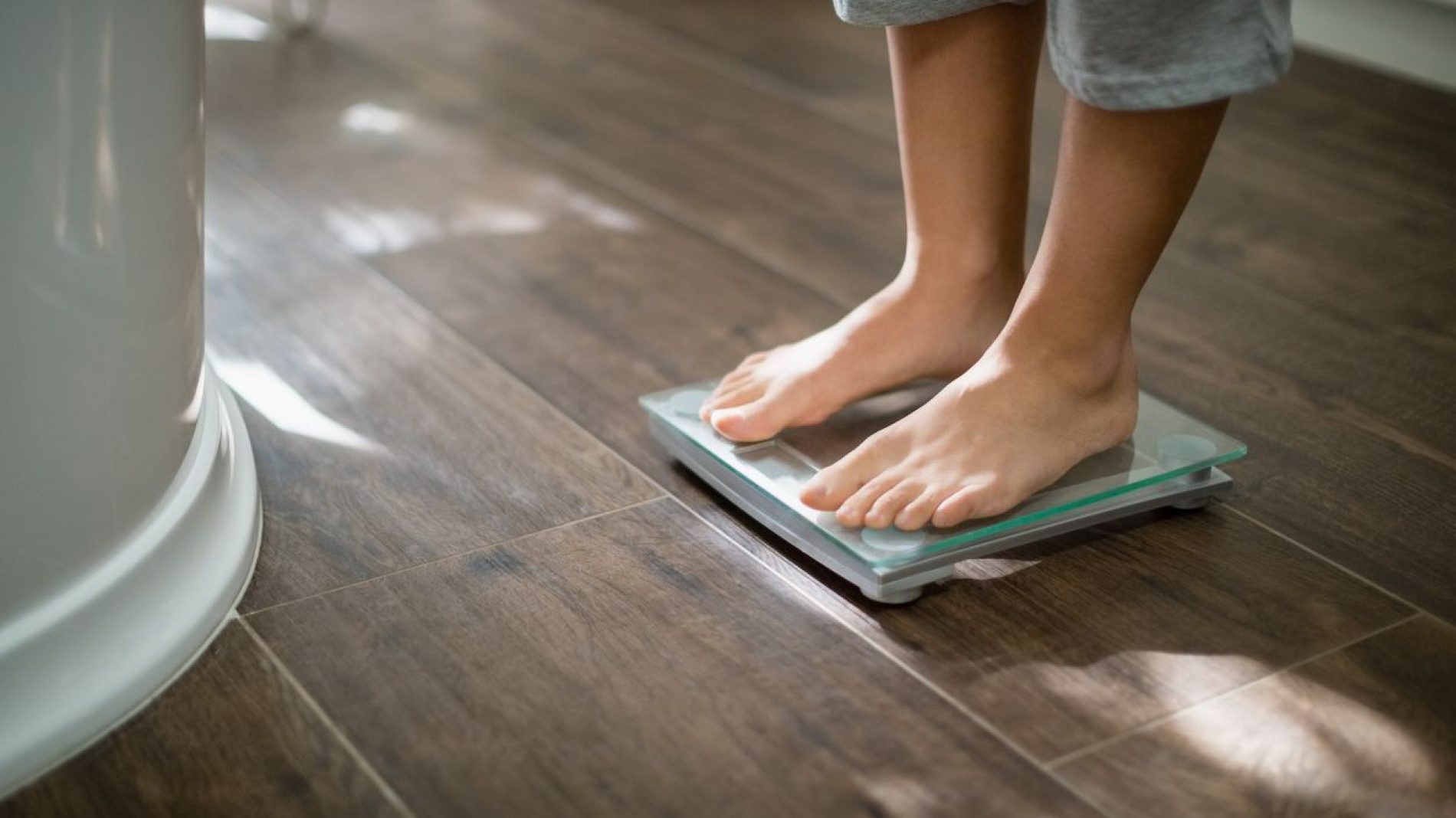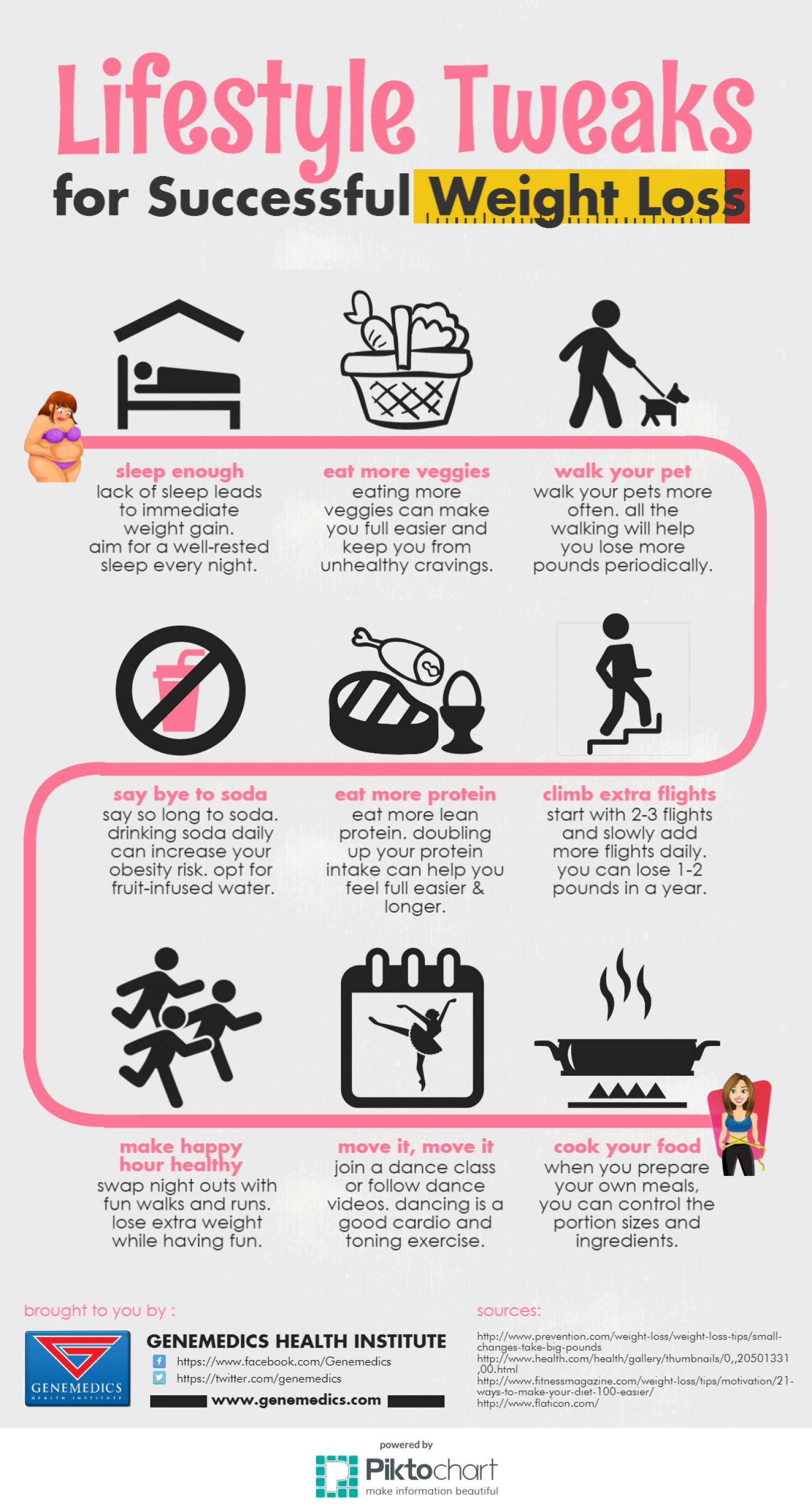
The newest trend in fitness is to do shorter workouts to lose weight. But these short workouts are not necessarily effective for everyone. It is best not to try to keep up with the latest trends in fitness. You should still incorporate a few shorter workouts in your weekly routine, and you should also include long cardio workouts. However, you can still do the traditional cardio workouts which are the best at burning fat.
Cardio exercise burns calories
Cardio is one of most efficient ways to burn calories if you are trying to lose weight. High-impact cardio exercises can be a great addition to your exercise routine. They also help you burn more calories than what you might think. High-impact exercises like running and jumping jacks are great for losing weight because they increase your heart rate more rapidly than other types of exercises. These exercises are also great if you don't have gym equipment.
Cornell University's METS to Calories Calculator can help you determine how many calories your body burns while doing physical activity. It will calculate the number of calories you'll burn for a certain amount of time and activity level. A good workout should include at minimum 150 minutes of cardio per week and at the most, two strength training sessions per semaine. If they have not been active in a while, they need to gradually increase their physical activity. Do not exercise if you feel tired.

Strength training burns more calories
The first thing to remember when strength training for weight loss is that it can be more intense than other forms of exercise. Although it may seem paradoxical, bench pressing for weight loss can be more intense than other types of exercise.
Another way is to see it this way: Muscle is a bigger engine. Bigger engines burn more fuel. Strength training builds muscle, which is more metabolically active than any other type of tissue. Muscle can burn more calories at rest than fat tissue. High repetitions and intense weight training increase your metabolism and can last hours after you stop working out. This is what's known as "excessive exercise oxygen consumption" (EPOC).
HIIT burns more calories
HIIT training can help you lose more calories after and during your workout. This is EPOC or excess post-exercise Oxygen consumption. It allows your body to burn more calories even after you quit exercising. The intensity of the workout can also boost your metabolism, shifting your metabolism from carbs to fat. The American Council on Exercise recommends that HIIT workouts be used for weight reduction.
HIIT training has clear benefits. You can burn more calories and exercise in a shorter time. It can also increase your metabolic health and cardiovascular fitness, especially for people who have a tendency to neglect exercise. The high-intensity intervals can help increase muscle growth. HIIT workouts make a great choice if you're a busy person who is trying to lose some weight.

Circuit training burns more calories
One of the main factors that determine how many calories people burn is their body weight. For example, an individual who weighs 180 pounds will burn approximately 40 more calories in 20 minutes of aerobic circuit training than he would in the same time period if he were to perform a similar workout without weights. Each exercise will result in a lower calorie burn.
Slow movement is good for overall health. However, slow movements don't help with fat mobilization. This is why circuit training is so effective in burning more calories while working out to lose weight. You can make circuit training more intense and last for shorter periods of time by changing the exercises. In addition to its efficiency, circuit training requires a warm-up to make sure the muscles are properly warmed-up.
FAQ
Are cardio exercises a good way to lose weight quickly?
Cardio exercises are great for burning calories, but they don't necessarily help you lose weight. It all depends upon how much fat you have stored, and what type or exercise you do.
If you're obese, cardio exercises might not be enough for you to shed those extra pounds.
You should combine them with dieting or other types exercise.
Cardio exercises, such as running or jogging, can help you lose weight quickly. These exercises burn calories more than any other type.
However, if you want to gain muscles instead of losing fat, you must perform resistance training. Resistance training requires the use of free weights and machines as well as elastic bands.
To lose weight fast, you need to combine cardio exercises with resistance training.
For fast weight loss, combine resistance and cardio training.
What Weight Loss Can You Expect In One Week?
Your current bodyfat percentage determines the amount of weight you will be able to lose. The first thing to do is to calculate how much weight you want to lose and then find out what your BMI (Body Mass Index) is. Your BMI (Body Mass Index) tells you how much weight should be lost to reach your goal. If your BMI is 25 or greater, you're overweight. If your BMI exceeds 30, you may be obese.
If you are 200 lbs, your BMI will be 28.7. This means that you'd need to lose around 70 pounds to get down to a healthy weight range. To see if you're overweight, visit www.healthyminds.com/bmi/.
Once you know your BMI, you can use this formula to figure out how many pounds you'll lose per week:
(Your Goal Weight - Current Weight)/BMI * 7 Number Of Pounds Lost Per Week
To lose 50 pounds in a month, you would need to exercise for 2 weeks. That's 56 days divided by 7 pounds per day. This works out to 8.3 lbs per week.
You could also try this calculator from www.weightlosscalculator.net. This calculator gives you an estimate of how many calories are needed to lose 1 pound per day.
How can I lose weight?
For people who want to look good, losing weight is a popular goal. People want to live longer and feel better. There are many options for losing weight. These include strength training, cardio training, yoga and pilates. Each type of exercise comes with its own set of benefits and drawbacks. Walking is the best way to lose calories. For building muscle mass, weight lifting is the best choice. This article will explain how to lose fat and what exercise to do.
When trying to lose weight, the first thing you need to think about is the type of diet plan that you should be following. There is no need to eat less; you can eat fewer processed foods, and avoid junk food. It's recommended to consume at least 2200 calories per day. Your calorie intake should be reduced if your goal is to lose weight fast. This will make it easier to lose weight.
Exercise is a great way to lose weight quickly. Exercise helps you burn calories and increase metabolism. A healthy diet and exercise are key to losing weight. You lose energy when you exercise and you won't eat as much. If you work out regularly, you will notice that your body starts burning fat faster than before. Regular workouts are a way to stay healthy. They help you stay active and prevent diseases such heart disease, diabetes, obesity, hypertension, among others.
You should walk as much as you can. Walking can burn around 500 calories an hour. You can burn about 1500 calories if you walk for 30 minutes each day. Thus, each week you'll lose 1 pound of body fat. Jogging or running for 10 minutes is also possible. Running burns around 1000 calories an hour. For a goal of losing 5 pounds in 3 week's time, you should run for 20 mins three times a week.
It is important to combine healthy eating habits with exercise to lose weight. Try to find a balance between these two factors.
Why not lose weight before your 40th birthday?
Maintaining health and fitness is the most important thing for people over 40. It is also crucial to find ways to keep fit throughout life. This includes regular exercise, eating right, not smoking, moderate alcohol, and regular exercise.
It is also crucial to recognize the fact that our bodies age. Our bones weaken and our muscles shrink. The best way to slow down the aging process is to take care of ourselves.
Being healthy and active as we age has many benefits. These are some of the benefits:
-
Better sleep
-
Better mood
-
Increased energy levels
-
Lower risk of cancer
-
A longer life
-
More independence
-
Better sex
-
Better memory
-
Concentration is key
-
Better circulation
-
Stronger immune system
-
Fewer aches, pains
Statistics
- Another study found that 24 weeks of weight training led to a 9% increase in metabolic rate among men, which equated to burning approximately 140 more calories per day. (healthline.com)
- Among women, the increase in metabolic rate was nearly 4%, or 50 more calories per day (14Trusted Source (healthline.com)
- According to Harvard Health, it's estimated that a 155-pound (70-kg) person burns around 167 calories per 30 minutes of walking at a moderate pace of 4 mph (6.4 km/h) (5). (healthline.com)
- According to a study sponsored by the American Council on Exercise, a person weighing around 140 pounds (64 kg) would burn 108 calories at a 30-minute beginner's Pilates class or 168 calories at an advanced class of the same duration (26). (healthline.com)
External Links
How To
How to Intermittent Fasting
Intermittent fasting, a type of dieting that allows you to only eat one time per week, generally Monday through Friday. The goal is to decrease your overall calories and still get adequate nutrition. This will allow you to burn fat more quickly than eating regular meals throughout the week.
The most common type of IF is to restrict calories on specific days of the week. This would mean that you skip breakfast each morning, and then eat whatever food you like throughout the day. You could also choose to eat three small meals daily rather than two large ones.
Many forms of intermittent fasting are available, such as alternate day fasting (5/2 fasts), 8/4 fasts and 16/8 fasts. There are pros and cons to each type of intermittent fasting. Alternate-day fasting is the easiest method to get started because it doesn't require any significant lifestyle changes. But, there are some people who find it hard to follow such a strict schedule. These people might prefer to try different methods.
If you are interested in starting an intermittent fasting regime, I recommend beginning with alternate-dayfasting. This will allow to slowly transition to more extreme fasting regimens without drastically changing your lifestyle.